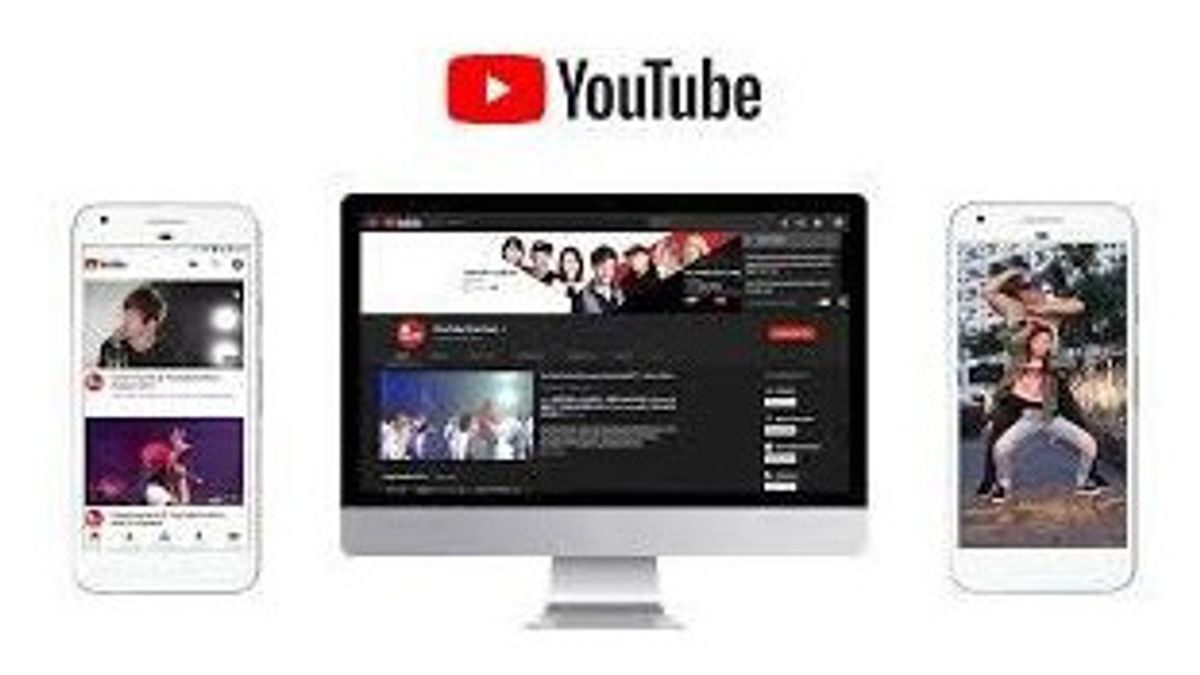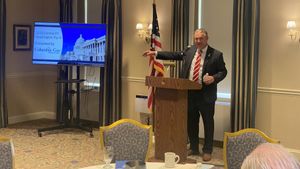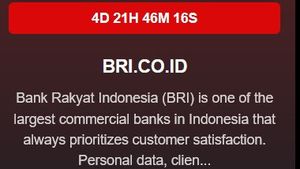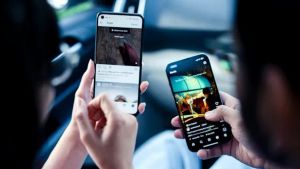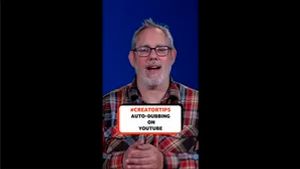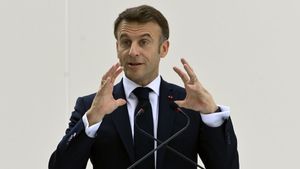JAKARTA - YouTube is one step ahead to remove medical misinformation, especially related to cancer on its platform. According to the company, medical information and misinformation continue to grow and pose a serious real-world risk.
"Although certain medical guidelines can change over time as we learn more and more, our goal is to ensure that when it comes to the scientific consensus field that is well studied," YouTube said in its official statement, quoted Wednesday, August 16.
"YouTube is not a platform to spread information that can harm people," he added.
The company said dangerous misinformation includes COVID-19, vaccines, reproductive health, harmful substances, and others.
"In the future, YouTube will streamline dozens of our existing medical misinformation guidelines to be grouped into three categories, namely Prevention, Maintenance, and Denialization," explained YouTube.
This policy will apply to certain conditions, treatments and health substances whose content is against local health authorities or the World Health Organization (WHO).
To determine whether a condition, treatment, or substance is included in the scope of medical misinformation policies, YouTube will evaluate whether it is related to high public health risks, publicly available guidelines from health authorities around the world, and whether it is generally vulnerable to misinformation.
In addition, starting today and developing in the coming weeks, YouTube will also begin removing content promoting cancer treatment that has proven dangerous, ineffective, or content that discourages viewers from seeking professional medical treatment.
"This includes content promoting unproven treatments as a substitute for approved care or as a guarantee of healing, and treatments specifically deemed dangerous by health authorities," YouTube said.
For example, videos claiming garlic cures cancer or consumes vitamin C instead of radiation therapy, will also be removed by YouTube.
Instead, YouTube will publish playlists containing interesting and informative videos related to cancer from various credible sources, and work closely with Mayo Clinic on new video content to share information about various cancer conditions.
SEE ALSO:
In addition, YouTube can allow sufficient content for the public interest even if the content violates their policies.
For example, videos of public audiences or comments made by national political candidates on campaign lines questioning the health of authority guidelines, graphic recordings of active war zones or humanitarian crises.
"We can also make exceptions for testimony or personal content discussing the results of certain medical studies," said YouTube.
"Adding context to videos does not guarantee that the video will still exist, and we can also limit the age of some content or display information panels under the video to provide an additional context for viewers," he added.
The English, Chinese, Japanese, Arabic, and French versions are automatically generated by the AI. So there may still be inaccuracies in translating, please always see Indonesian as our main language. (system supported by DigitalSiber.id)
